Vivo IPL 2016 - the factors behind the success
Vivo IPL 2016 has garnered 357 million viewers, establishing it as the biggest television event in India today. (Source: BARC - India (Urban + Rural) / 4+ / Impressions & Coverage ‘000s / Live VIVO IPL 2016 Matches) The tournament recorded a 22 per cent growth over the last week with a viewership of 18,626 TVTs. For seven weeks in a row, Vivo IPL stamped its supremacy in prime time on Indian television with 869 GVM vis-a-vis the No. 2 channel at 391 GVM and No. 3 channel at 343 GVM.
Sony MAX, Sony SIX and Sony ESPN (part of Sony Pictures Networks India), the official broadcasters of Vivo IPL 2016 made the tournament larger in the penultimate week of Season 9.
The tournament in its ninth season is being called the best ever, in terms of viewership, match quality and ad revenues. According to Rohit Gupta, Network Sales President, Sony Pictures Networks, ad revenues had been excellent. “We have seen a growth of 20 per cent over last year. We’ve been able to plate HD as a very strong revenue stream,” he added.
AdGully spoke to a cross section of industry experts to find out what has led to the immense success of the IPL property.
What made IPL Season 9 noteworthy?
Rohit Gupta commented that IPL is now a mature property and viewership has been growing very consistently. He said, “What is different and the highlight this time is that IPL is not only a metro phenomenon, but also a rural phenomenon. For the first time BARC has come out rural numbers. So it’s very strong data on the rural also. I think that is something which is good from an overall perspective for the sport, for the advertisers, for everybody, because now with one sport they are able to reach everybody in the country. That is the big differentiator from the earlier seasons. The tournament has reached the mature stage, viewership is growing year after year, it is beyond any controversies and we have always believed that it is there for the long run.”
He further said, “From an advertiser perspective, now it’s no longer about whether ratings will happen or not happen. Since the last two years we have seen that IPL is now on the marketing calendar for all brands, so the money is kept aside at the beginning of the year, launches, etc., are planned according to the dates of the IPL. Now the discussions with the advertisers is more about outlays, it’s not about whether IPL will do well or not, but around which are the brands that can come and what level the brands want to come – whether it’s as associate sponsor or presenting sponsor.”
Anita Nayyar, CEO, Havas Media Group, India & South Asia, found the quality of the matches very good at an overall level. “Viewers really enjoyed the game this time, because the competition was tough – there were no easy losses or wins this time,” she noted. Speaking further, she said, “What happens is that when you have repeat editions of anything – a reality show or series, etc., you realise that as you go by, as they say, the relaunches are not as good as the launches. So people lose interest. There is something or the other factor that doesn’t deliver, but I think IPL at an overall level, have got lucky. And the fact that around Season 2 or 3 onwards, ever since they started pitching IPL not only as cricket tournament but as a combination of sports and entertainment – that has worked very well for IPL and this latest season has been really enjoyable. And I give full marks to the team behind the game.”
Vinit Karnik, Business Head - Entertainment, Sports & Live Events at GroupM, explained that when IPL started in 2009, everyone spoke about it as an entertainment and sports property. “After nine years, today ‘Experiential’ is the third aspect that IPL has added to its roaster of achievements. With 34 fanparks and 80 per cent average occupancy in stadiums, IPL offers a power-packed experience to the fans on ground,” he added.
Aroon Kumar, GM - Global Marketing, CricHQ, remarked, “This season was one of the most exciting ones because we hardly had any dead rubbers. All teams had a decent chance of qualification at the halfway stage and 6 teams were in the race till the end. The way Virat Kohli lit up the season and the debutant Gujarat Lions were a power package, which was really exciting. But for me, the emergence of Mustafizur Rehman was noteworthy. It showed us why the IPL is a breeding ground for youngsters. Indian crowds cheering a young Bangladeshi fast bowler who was clearly the standout performer with the ball was pleasing as a cricket follower.”
Growth in viewership
When asked about the factors that led to the high growth in viewership numbers for IPL 9, Vinit Karnik said, “Like we are habitual to take summer vacations, IPL has become a habit that every cricket lover looks forward to. Being a part of world crickets annual calendar, world class talent, competitive spirit, irresistible entertainment and sleek production make IPL a ‘must go’, ‘must watch’ experience.”
Rohit Gupta noted that IPL is no longer an urban phenomenon and that there is a strong rural body which is also seeing the tournament. He further said, “It is now on everyone’s calendar, viewers wait for IPL. The fatigue is around the ODIs and Test cricket, there is no fatigue around T-20 – it’s a fast, pacy game. As long as the best cricket is being played with the top cricketers of the world, then it only grows from strength to strength.”
Commenting on the growth in viewership, Aroon Kumar said, “IPL has tapped into local rivalries in cities, which has clicked miraculously. Another important factor is the prospect of watching the best players in the world play together in one side. You usually get to do that online with the fantasy leagues. Gayle opening with Virat and then AB de Viliiers adding the flavour is the best sight for any cricket fan. To see Mustafizur learn the tricks of the trade from a veteran like Nehra and Ponting sharing their expertise to help local batsmen is like a dream scenario for any cricketer and supporter. The excitement has stayed alive because of the quality of cricket played and the emergence of young Indian players from the fringes. In a country like India, where every second child aims to become a cricketer, it is really difficult for every dream to come true. But the IPL has given these guys the opportunity to lock horns and play alongside the best in the world. That’s the best part about IPL!”
The digital factor
Along with television, on digital platforms, too, IPL 9 witnessed tremendous growth. On Hotstar, the tournament hit the 100-million mark in reach with a 140 per cent growth over last year, with the top 6 metros registering the highest consumption. According to the Maxus Mesh report, IPL 2016 clocked more than 3.1 million mentions, with the last week witnessing a jump of 74 per cent in conversations vis-a-vis IPL 2015’s last week.
@IPL 9 smashed a six on Twitter as it recorded over 10.6 million Tweets throughout the 60 matches in the tournament. (Source: iplt20.com) After a successful partnership between IPL and Twitter over the years, the number of fans following @IPL on Twitter shot up by 300 per cent in the last three years, making it the fastest growing global sports league on Twitter, surpassing the other big leagues like UEFA Champions League, NFL and NBA.
As the excitement on the field soared, the @IPL brought fans even closer to the action this year by publishing 32x more video Tweets than 2015. These videos included in-match highlights, net sessions and announcements and led to a 64x growth in video views for IPL over 2015.
Speaking on the growth spurt on digital, Gupta remarked, “Digital is not with us, but digital helps television, it doesn’t eat into television. Eventually people want to see the tournament on the big screen and these are prime time games. So digital becomes more of a catch-up; for instance, if you are stuck in traffic you might see the game. But data costs are very high. So eventually it helps in driving traffic on the big screen. In fact, it aids us because it is one more arm which is marketing IPL.”
According to Vinit Karnik, with smartphone sales growing exponential year on year, Internet penetration and bandwidth improving significantly, digital media is undoubtedly the next growth engine.
Analysing the tournament’s growth on digital Aroon Kumar elaborated, “IPL is not just an entertainment source on television or on the field. The major chunk of followers is the digital tech savvy generation. They don’t just follow the game online, but also make sure they express themselves on digital touch points, in specific social media channels. The reach of the IPL in this domain is growing and will continue to grow multi-fold. The IPL and its fans are now having a direct conversation in digital space and that will make sure the connect will stay alive. The franchises have also realised that the fans now expect them to interact on social media channels and hence, the franchises have also come up with campaigns and contests to engage their audience. The IPL has also been smart with the introduction of live streaming on mobile devices which has ensured that the fans don’t limit themselves to score updates but rather treat themselves to the live action. The audience from around the world will engage with the IPL. There cannot be specific targeting of geographies for the IPL. In a tournament that encourages players to dissolve the national boundaries and unite for franchises, specific target audience will never be an option.”
Uniting India through campaign fervour
For the ninth season, IPL came out with the ‘Ek India Happywala’ campaign, that played throughout the tournament across media platforms. Unlike the earlier seasons, where the campaigns either celebrated IPL as a festival of India or played on the team rivalries, this year’s campaign showcased how cricket brings people together to celebrate the game.
Giving his take on the campaign factor, Aroon Kumar remarked, “The IPL campaigns have been unique in a lot of ways. Last year, they called it ‘India ka Tyohaar’ (Festival of India) and that was more of calling out to the audience who were already celebrating the cricket carnival. This time, however, they took a slightly different route. With all the fighting and negativity around in media, they just reminded people that cricket is the reason we forget negativity. The campaign might not have been as spectacular as the ‘Mauka-Mauka’ campaign, but the thought process to actually advertise a cricket tournament without showing cricket in them must be applauded. The fact that IPL immediately followed the ICC World T20 also had its effect. Fans did not have the breathing space to absorb the thought like they have every year.
In a similar vein, Vinit Karnik said that while the ‘Mauka-Mauka’ campaign demonstrated the opportunity for India to win the World Cup, which obviously is the biggest achievement for the country in world of cricket, ‘Ek India Happywala’ celebrated the spirit of a festival called IPL. “Both campaigns were very great for the sport and the fans as the focus was on India and its love for cricket,” he remarked.
Rohit Gupta added here, “Every campaign has been different and the need of the hour. So I think what we wanted to do this year was move beyond cricket and say that it is such a binding factor for the country. This time it was not just about coming to watch your team at the stadium, which we had done in the past.”
Taking a different view, Anita Nayyar remarked, “I feel the communication was not really in sync with Ek India Happywala. As a viewer, I found a disconnect between what was been seen and what was being said. ‘Ek India Happywala’ was a very strong platform and resonated very well with ‘Ek India Happywala’, but I don’t know whether creatively or whether the way it was being communicated actually was in sync with Ek India Happywala. But at an overall level, I think we Indians are a little crazy because every time the patriotic fervour kicks in, it’s a no-brainer, it has to go well with us. At the overall level, I think the communication must have touched the viewers.”


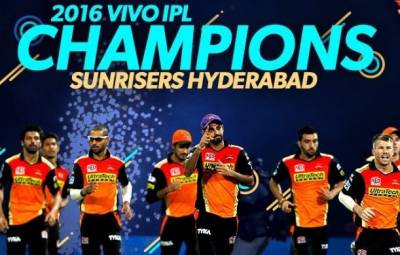


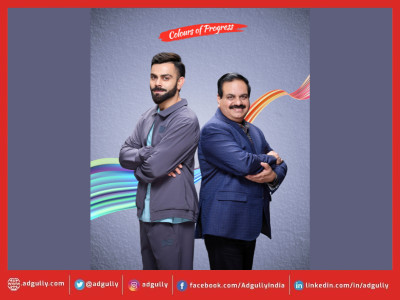
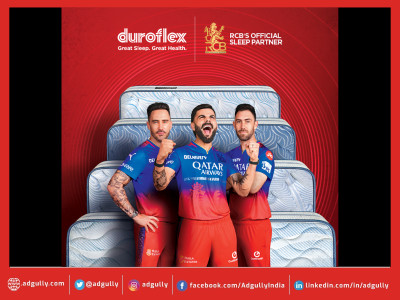
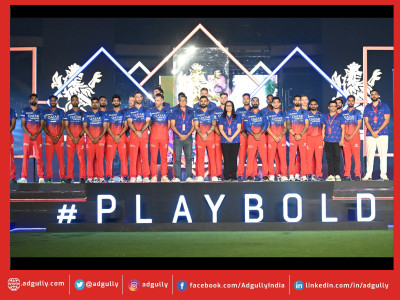
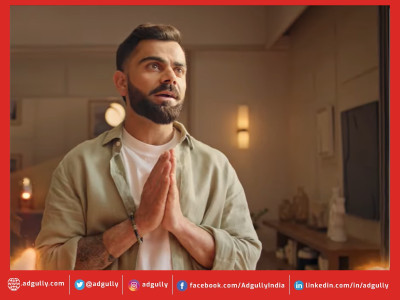
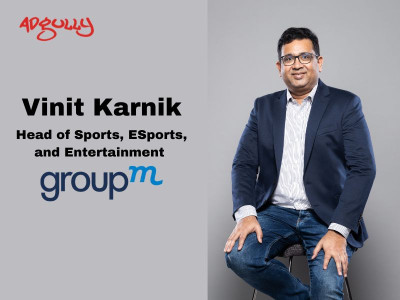
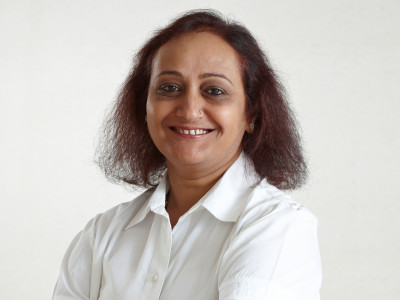
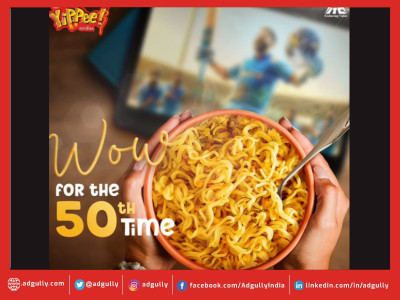
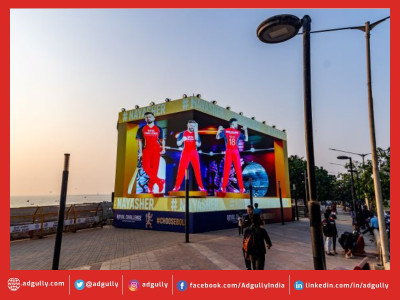




Share
Facebook
YouTube
Tweet
Twitter
LinkedIn